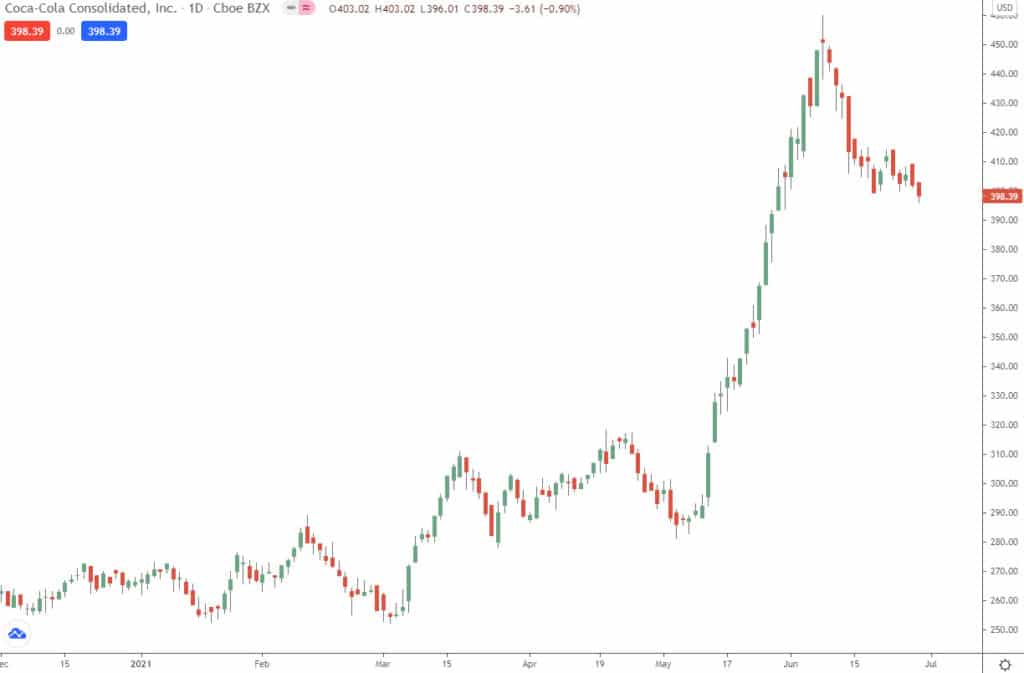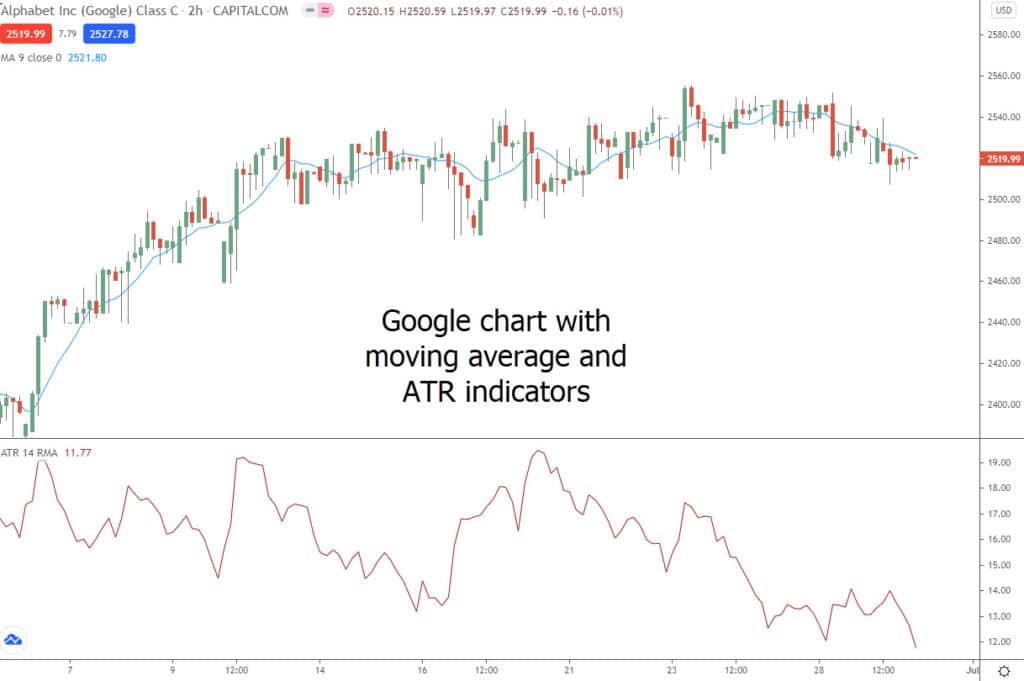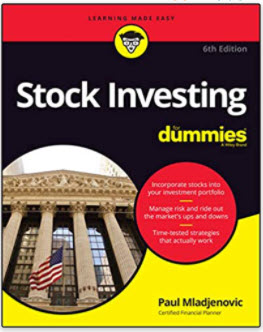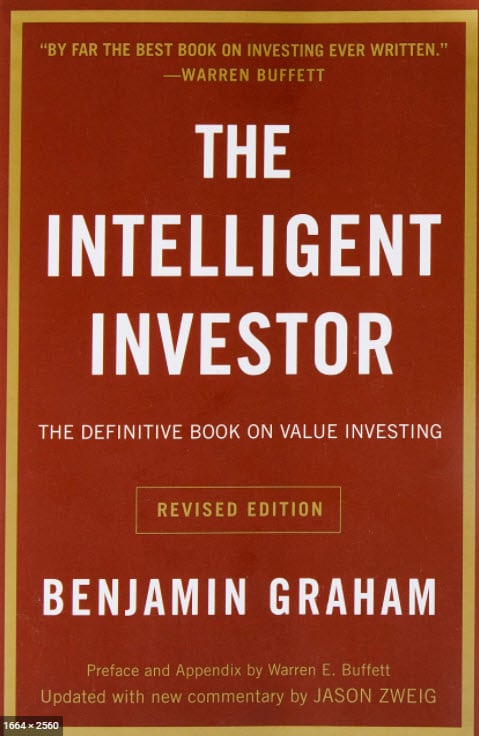During the coronavirus pandemic, when unemployment decimated the job sector, many people looked to the stock market to supplement or replace lost income. A fundamental knowledge of the market and how it operates is necessary to trade stocks successfully. Additionally, since almost all stock market transactions are completed online, it’s crucial to sign up with a licensed online broker.
The fundamentals of the stock market will be covered in this tutorial, along with all the information you’ll need to get started trading stocks. We’ll talk about the following subjects: What are stocks? What is the stock market? Beginner stock trading tips, Learning the stock market, Stock market trading, Investing for dividends, Buying stocks or utilizing CFDs, Trading the stock market, and Basic stock market trading books.
Summary of Contents
- How do stocks work?
- How the Stock Market Works
- How to Start Trading Stocks
- Beginner’s Guide to Investing: Basic Principles
- Buying stocks and using CFD options
- Investment Opportunity in Dividends
How do stocks work?
Stocks are a sort of investment that symbolize a portion of ownership in a business. You become a shareholder and have an interest in the success of the firm when you buy stock. Your stock’s worth will rise together with the company’s value, possibly making you money. A portion of the company’s income that is distributed to shareholders as dividends is another option available to shareholders.
How the Stock Market Works
Companies can raise funds by selling securities, like stocks, to investors on the stock market. These investors become into firm shareholders and might get dividends, which are a cut of the profits. Companies can obtain funds from a variety of investors through the stock market, which is thought to be crucial for economic growth.
The primary market and secondary market are the two basic submarkets of the stock market. The primary market is where shares of a company are traded for the first time, such as during an Initial Public Offering, and is sometimes referred to as the issuing market or initial market (IPO). The issuing company receives the money that is raised in this market. Already issued shares are traded among investors on the secondary market, sometimes referred to as the circulation market.
The stock market serves two primary purposes: it gives businesses a place to obtain funds and it gives investors a place to buy and sell securities.


Stock Market
Primary Market: Companies issue their shares for the first time in the primary market, often referred to as the issuance market or first market, typically through an Initial Public Offering (IPO). The issuing corporation receives a direct transfer of the funds raised in this market.
Contrarily, investors can buy and sell shares that have already been issued on the secondary market, often known as the circulation market. The securities are traded among investors in this market; the issuing firm does not get any fresh funding.
There are two primary uses for the stock market.
The first is to give businesses access to financing so they may fund and expand their operations. Companies can raise the funds they require without paying interest by issuing shares as opposed to borrowing money through loans or bonds.
The ability for investors to share in the success of publicly traded companies is the stock market’s second purpose. Both dividends, which are regular payments given by the firm to shareholders, and capital appreciation, which happens when the stock’s value rises and may be sold for more money than the purchase price, are benefits that investors can receive from purchasing stocks.
How to Start Trading Stocks
The forces of supply and demand govern the stock market, just like they do in any other financial sector. When one investor purchases shares in a firm, that company may become more appealing to other investors, who might then decide to do the same. The price of the stock may rise as a result of this increased demand.
Theoretically, as a company’s financial performance and prospects, commonly referred to as its “fundamentals,” improve, a stock’s price will rise. In actuality, a number of factors can influence stock values, and it can be challenging to forecast how they will move.


Investors can purchase and sell common shares on internet exchanges, where the majority of stock trading occurs.
Fundamental analysis and technical analysis are the two basic methods for choosing investments while trading stocks.
In order to determine a company’s overall financial health and growth prospects, fundamental analysis looks at its financial reports and public remarks. On the other hand, technical analysis is predicated on the notion that stock price movements may be foreseen and traded on. While many traders combine the two to make investing decisions, technical analysis is not as commonly acknowledged as fundamental analysis.
When making trading decisions, it is seen safer to utilize both fundamental analysis—which considers a company’s management and competitiveness—and technical indications.
Researching a firm utilizing resources like financial summaries, news articles, and historical charts offered by internet brokers is crucial before buying. Reading financial publications and websites, listening to audiobooks and podcasts, taking investment courses, and joining local investment associations or online financial forums to network with more seasoned traders are all great ways to gain the financial literacy necessary to become a successful trader.
Using a demo account or trading on the penny stock market, where shares are only a few cents each, are other options for practicing trading. Because of this, traders can experience market movements, leverage, and profits without taking on major financial risks.
Beginner’s Guide to Investing: Basic Principles
Given that it provides both short- and long-term investing options, the stock market is a fantastic choice for beginning investors. For long-term growth, investors like Warren Buffet have generally utilized a buy-and-hold approach. Although the value of stocks in the future is unpredictable, it’s crucial to remember that as the economy expands, so do business profits, which in turn influence stock values. Long-term stock values typically follow profits, according to studies.
It’s crucial to remember that economic growth is not always dependent on significant resource consumption; recycling or media businesses can both be successful and expand. Businesses exist to turn a profit, and over time, shareholders can anticipate greater returns from their stock market investments compared to savings accounts. The “hierarchy of the capital market” serves as an example of this, where investors put their money in banks, which then lend it to businesses at a higher interest rate for their own gain. Businesses then work to increase shareholder returns above the cost of the loans they have taken out.
The trading of stocks is comparable to other types of financial trading. Going long means purchasing and selling when the price rises, whereas going short means selling and buying back when the price falls. These two techniques are widely used by day traders, who close all of their open positions during a single trading day in order to profit from swift price changes.
Through the use of CFDs, day traders frequently employ leverage, also known as margin trading, to boost their earnings. Online stockbrokers give investors the benefit of trading on any stock exchange in the world because they are available around-the-clock, but it’s important to remember that not all exchanges are open at the same time; instead, they only function during regular business hours, which are typically from 9 AM to 4 PM local time.
Day trading takes a high level of discipline, risk management, and market understanding, thus it is not fit for everyone. Day traders must be capable of making quick decisions and handling stress. Day trading can also be expensive because traders pay more in fees and commissions than long-term investors do.
Before selecting a choice, it is critical to do your homework and have a firm grasp of the market and the company you are trading. This include examining market trends, going over financial statements, and keeping an eye on news and events that could impact stock prices. Day traders should also have a sound trading strategy that incorporates stop-loss orders, exit plans, and risk management tactics.
The application of tools and technology is a further crucial factor to take into account. Day traders have access to a variety of platforms and tools that might aid in their decision-making. These consist of news feeds, technical indicators, and charting software. It’s crucial that you become familiar with these tools and make use of them.
For individuals who are prepared to put in the time and effort to improve their abilities, knowledge, and discipline, day trading can be a lucrative technique. It’s critical to have a sound trading strategy in place and to be aware of the costs and dangers involved in day trading. Day trading can be a terrific strategy to profit from short-term price changes in the stock market if done correctly.
Buying stocks and using CFD options
The use of leverage is the primary differentiator between taking a long position with a CFD and buying an asset. Because CFDs are traded on leverage, traders can open larger bets with less initial cash.
CFDs allow traders to access the underlying market for a small portion of the cost of a full purchase of the securities. This enhances the possibility of greater gains for traders but also the risk of greater losses.
For instance, a trader would require $10,000 in his trading account to purchase 100 shares of the XYZ Company at $100 each. Contrarily, with CFDs, the margin requirement allows the trader to open a position of the same size with a much less amount of collateral. This is a leverage ratio, and depending on the CFD broker and market, it may differ.
The fact that CFDs are derivative products and do not grant the trader ownership of the underlying asset should also be noted. Instead, they give the trader the opportunity to forecast price changes. As a result, when a trader purchases a share, they effectively get a little portion of the company; while, when a trader purchases a CFD, they are merely gambling on the share’s price without acquiring the underlying shares.
In conclusion, CFDs give investors the option to execute leveraged transactions, which can boost profits but also raise the possibility of bigger losses. Before making any trades, traders should be informed of the advantages and hazards of trading with CFDs and should have a thorough understanding of the terms and conditions.
| Standard Stocks | Leveraged CFD Trading | |
|---|---|---|
| Margin Trading | Contract | yes |
| Ownership of Instrument | No | No |
| Suitable for Trading | Intraday, Day, Medium-term | Intraday, Day, Medium-term, Long-term |
| Buying and Selling of Shares | Yes | No |
| Stamp Duty | Yes | No |
| Profit from Rising and Falling Markets | Only Rising | Rising and Falling |
| Types of Financial Products | Stocks | Equities, Indices, Commodities, Currencies, Cryptocurrencies |
| Trading Availability | Only when stock exchange is open | Constantly in various markets |
| Shareholder Rights | Yes | No |
Note: The above table is a summary and is not comprehensive. It is always recommendable to consult with professional financial advisor before making any investment decisions.
Investment Opportunity in Dividends
As long as a company is profitable, its shareholders are involved in its success and frequently earn dividends, which are payments provided by the company to its shareholders. At the conclusion of a fiscal year, dividends may be distributed as bonus payments. Given that they are determined by the company’s earnings potential, financial health, and dividend policy, dividends have a significant impact on an investor’s overall return.
A company’s stock may be purchased near the end of a fiscal year in order to qualify for dividends by investors who do not intend to hold their shares for an extended period of time. On their websites, the majority of stockbrokers offer a dividend calendar.
Investors can compute the dividend yield, which is determined by the formula below, to assess a company’s dividends:
Dividend yield = (dividend / share price) x 100%
The current share price affects the dividend yield. Investors can assess if a dividend payment is appealing or not by taking into account both the dividend and the share price, with higher yields being more advantageous.
Investing in Stocks for Novices “via Paul Mladjenovic
The fundamentals of stock market investment are covered in depth in the comprehensive book “Stock Investing for Dummies.” It is ideal for novices because it is written in simple English. The book discusses a wide range of subjects, including as stock analysis, stock selection, and portfolio management. It also contains details on tax-saving methods and internet investment.


One of the most influential books on stock market investing is called “The Intelligent Investor.” This book, which was written by Benjamin Graham, is known as the “Bible of Value Investing.” The book is primarily concerned with the fundamentals of value investing, a long-term investment tactic that entails purchasing stocks at a discount to their true worth. Important ideas like risk management and the value of diversification are also covered in the book.
For anyone interested in stock market investing, both of these publications are recommended as essential reading. They offer a strong foundation for comprehending the stock market and demonstrating how to choose investments wisely.
The Knowledgeable Trader “via Benjamin Graham
Benjamin Graham’s “The Intelligent Investor” is largely regarded as the best book on stock market investment. Some of the greatest stock market investors of all time, including Warren Buffet, were mentored by Benjamin Graham, known as the father of value investing.


The book presents six essential guidelines for effective stock market investing:
Before making an investment, fully comprehend the firm and its operations.
Including a safety margin to guard against potential losses.
having faith in your analyses and choices on investments.
knowing who runs the business you are investing in.
choose to invest based on facts rather than fashion.
accumulating earnings over time as opposed to looking for fast gains.
These ideas offer a strong foundation for making wise and fruitful stock market investments.

